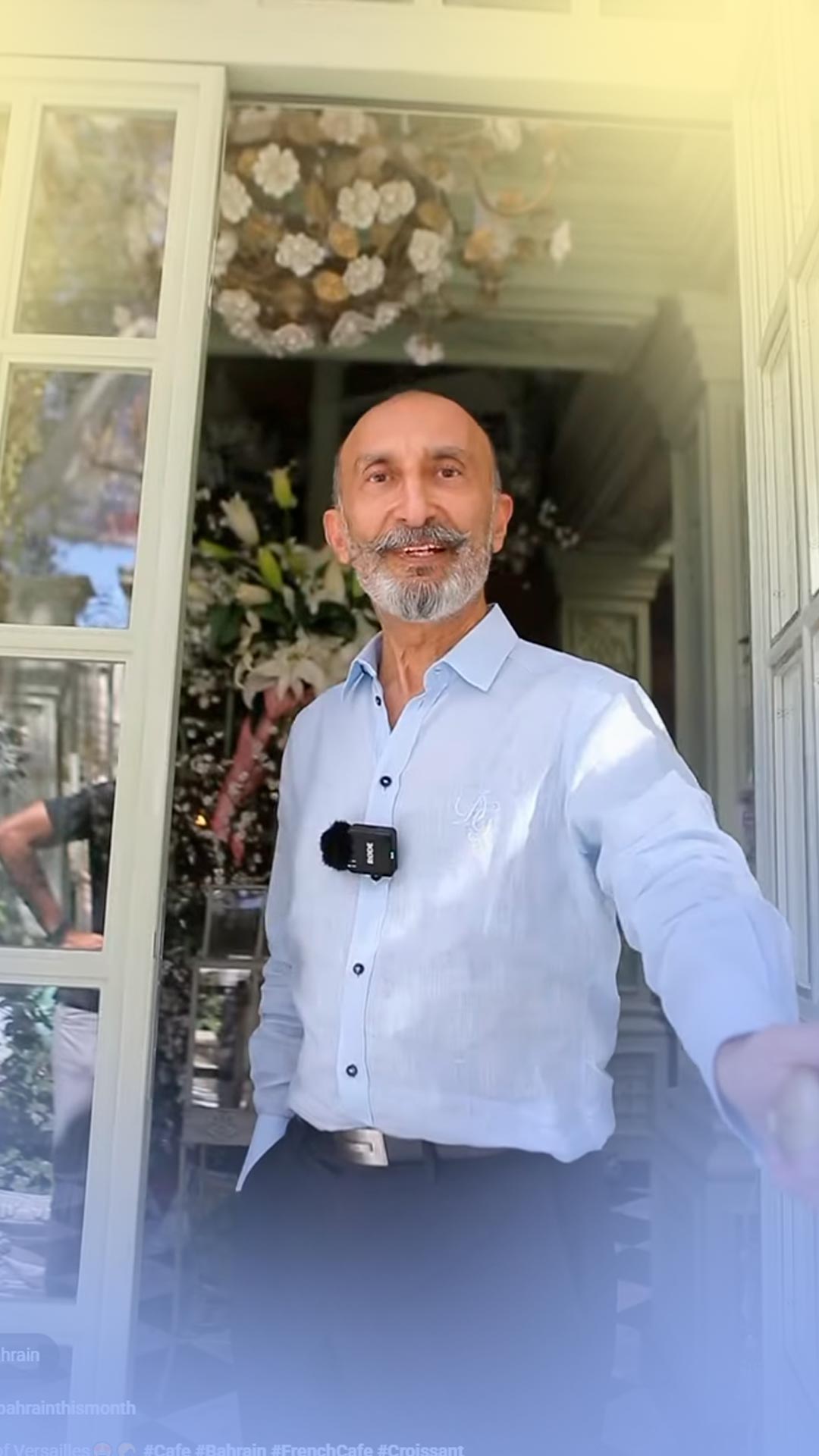










Financial Wellbeing - Interrupt the Moody-Buying Cycle
by: Pria Masson - Fri, 04 Jul 2025
Business consultant Pria Masson continues her series about how to build better habits around spending.
““…And before I knew it, I had hit the ‘buy now’ button” – does this sound like a familiar occurrence? We have all been there. Impulsively buying, sometimes compulsively buying, often mindlessly buying and of course intentionally buying. We did speak about moody money and how our moods determine so much. The question is, even if you know, how do you stop this cycle? How do you ensure you mindfully assess, intentionally buy and pragmatically review your purchases? Let’s dive in.
Our ‘frenemy’ – dopamine – needs to be understood
When we feel uncomfortable, bored, lonely or sometimes even celebratory, it’s an open-ended feeling and we look for ways to close that feeling or loop. Shopping is such an easy way – just click a button, buy-now-pay-later, feel good and close the loop. The anticipation of the purchase, and the thrill of the ability to make it so easily gives us a sense of control or escape. It’s not a solution and often the other end of the loop is a sense of guild, regret, buyers’ remorse etc.
We reinforce the loop
Every time we play the loop to its end, we end up reinforcing it. So, if you make an impulse purchase when upset a few times, it’s not much harm. But, if it becomes your escape and your way of settling yourself, you have a problem.
Alternatively, if you know you should budget and plan, and every time you sit down to it, it overwhelms you, so you just abandon it – that’s also a similar loop. It’s just one of avoidance. These many loops are how train our brain and once trained, the mind jumps to the loop without even being asked and you’re on autopilot
What can be trained can be changed
The good news is there are ways to get off the loop. One option is the one-sleep rule. Add what you want to buy to your cart – actual or mental – and then wait for one night. If you wake up stull wanting it, go ahead, it’s not impulsive now and it’s not autopilot – it’s mindful. Same for an uncomfortable exercise like budgeting and prioritising – leave it for one sleep, but make sure you get up and get back to it the next day. If it still overwhelms, repeat the process till you show up one morning and just get it done. The other way off the look is to track triggers and substitute the end of the loop with something else like a favourite song, a call to a friend, a few deep breaths – whatever soothes you. Finally, a values check-in is essential wherein you ask yourself mindfully whether the behaviours, moods and triggers that you are reinforcing are aligned with your financial goals and your values.
Awareness and control are the most powerful tools we must change any negative behaviour patterns. As soon as you start to track and check, the loop starts to break. The key component is self-compassion. Remember, retail therapy is simply the therapy you never got. Rather than shaming yourself for the tendency to purchase things on autopilot, if you find it’s a pattern, get curious. Every spend tells a story and listening to the story is the first step towards change.
Pria Masson Tanwar writes about money, mindset, and the habits that shape financial well-being. With years of experience in finance and a growing interest in human behaviour, she shares practical insights to help readers make more intentional financial choices.
www.priamasson.com
@guide_my_idea










